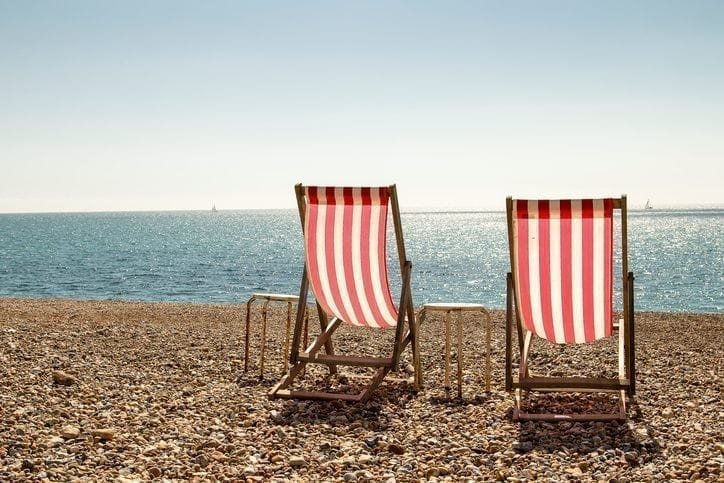While all of Luxembourg’s 11 reported bathing sites have been assessed as ‘excellent’ by the European Environment Agency (EEA), only 65% of the UK’s bathing sites have been found to meet the same high standards of water quality.
This ranks the UK joint-fourth from the bottom of all 30 countries analysed. Click here to view a map that reveals water across the UK’s bathing sites, and find out which beaches to avoid.
Europe-wide improvements
The report, from the EEA and the European Commission, covers bathing water locations across the EU, Albania and Switzerland. It confirms a positive 40-year trend of increasingly cleaner water at beaches and swimming spots across Europe.
European bathing waters are much cleaner than 40 years ago when large quantities of untreated or partially treated municipal and industrial waste water were discharged into water.
More than 85% of bathing water sites monitored across Europe in 2016 met the most stringent ‘excellent’ quality standards — meaning they were mostly free from pollutants harmful to human health and the environment, according to the annual bathing water quality report.
Over 96% of bathing water sites met minimum quality requirements set out under European Union rules.
‘It is encouraging to see that more and more bathing water sites across Europe are meeting the highest quality standards. This helps Europeans make better informed choices about the bathing sites they plan to visit this summer. It also shows the effectiveness of our environmental policies and the practical benefits to human health protection and our daily lives when excellent data collection and analysis are conducted.’
HANS BRUYNINCKX
European Environment Agency’s executive director
Causes of pollution
Faecal contamination of water continues to pose a risk to human health, especially if it is found at bathing water sites. Swimming at contaminated beaches or lakes can result in illness.
The major sources of pollution are sewage and water draining from farms and farmland. Such pollution increases during heavy rains and floods due to sewage overflow and polluted drainage water being washed into rivers and seas.
All EU Member States, plus Albania and Switzerland, monitor their bathing sites according to the provisions of the EU’s revised Bathing Water Directive. The legislation specifies if the bathing water quality can be classified as ‘excellent’, ‘good’, ‘sufficient’ or ‘poor’, depending on the levels faecal bacteria detected.
Where water is classified as ‘poor’, Member States should take certain measures, like banning bathing or posting a notice advising against it, providing information to the public, and suitable corrective measures.
 Play Video about This Rock Might Just Save The World
Play Video about This Rock Might Just Save The World Play Video about Play 2 hours of rock
Play Video about Play 2 hours of rock Play Video about Play 2 hours of brook
Play Video about Play 2 hours of brook Play Video about Play 2 hours of sheep
Play Video about Play 2 hours of sheep












































